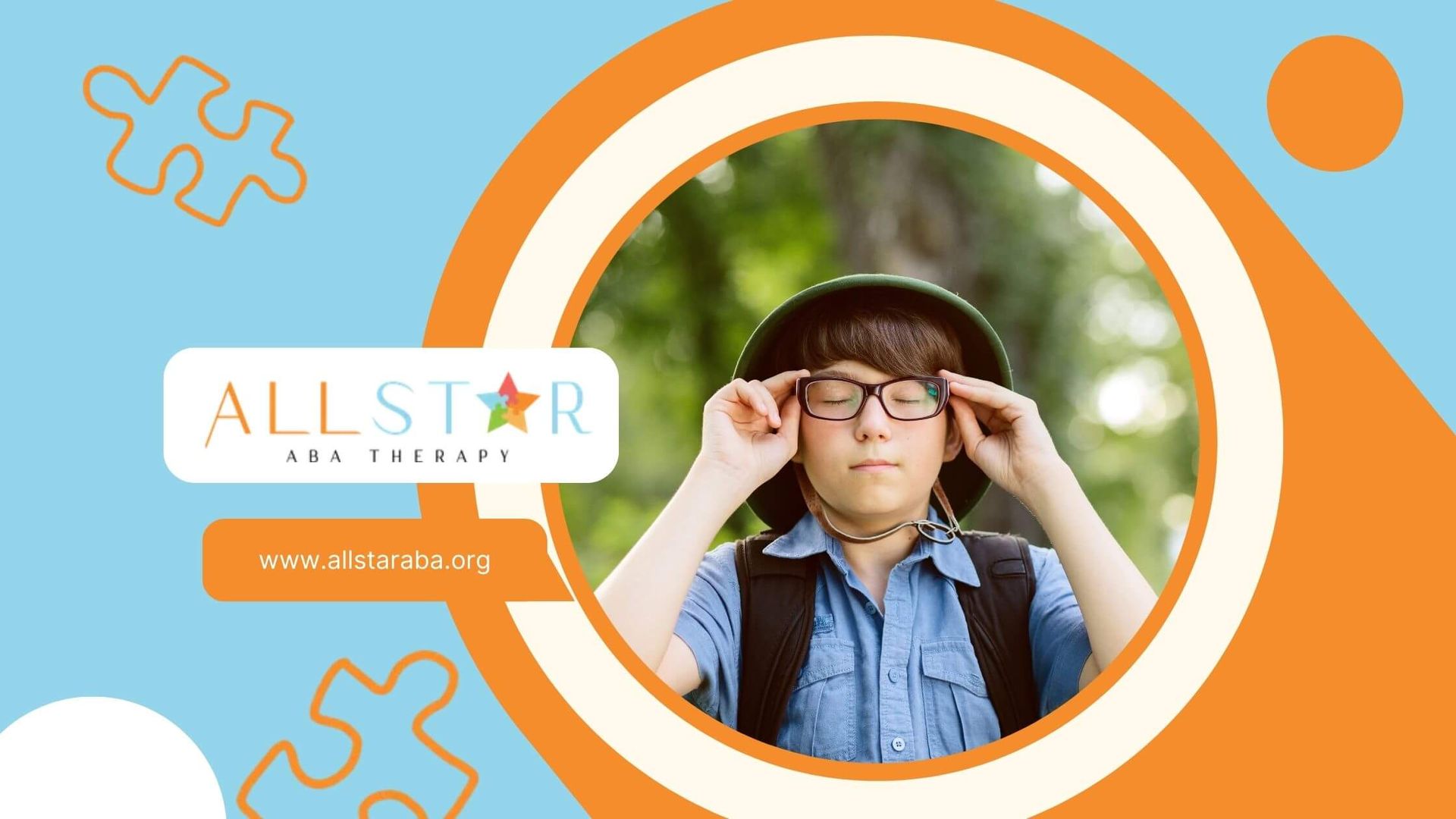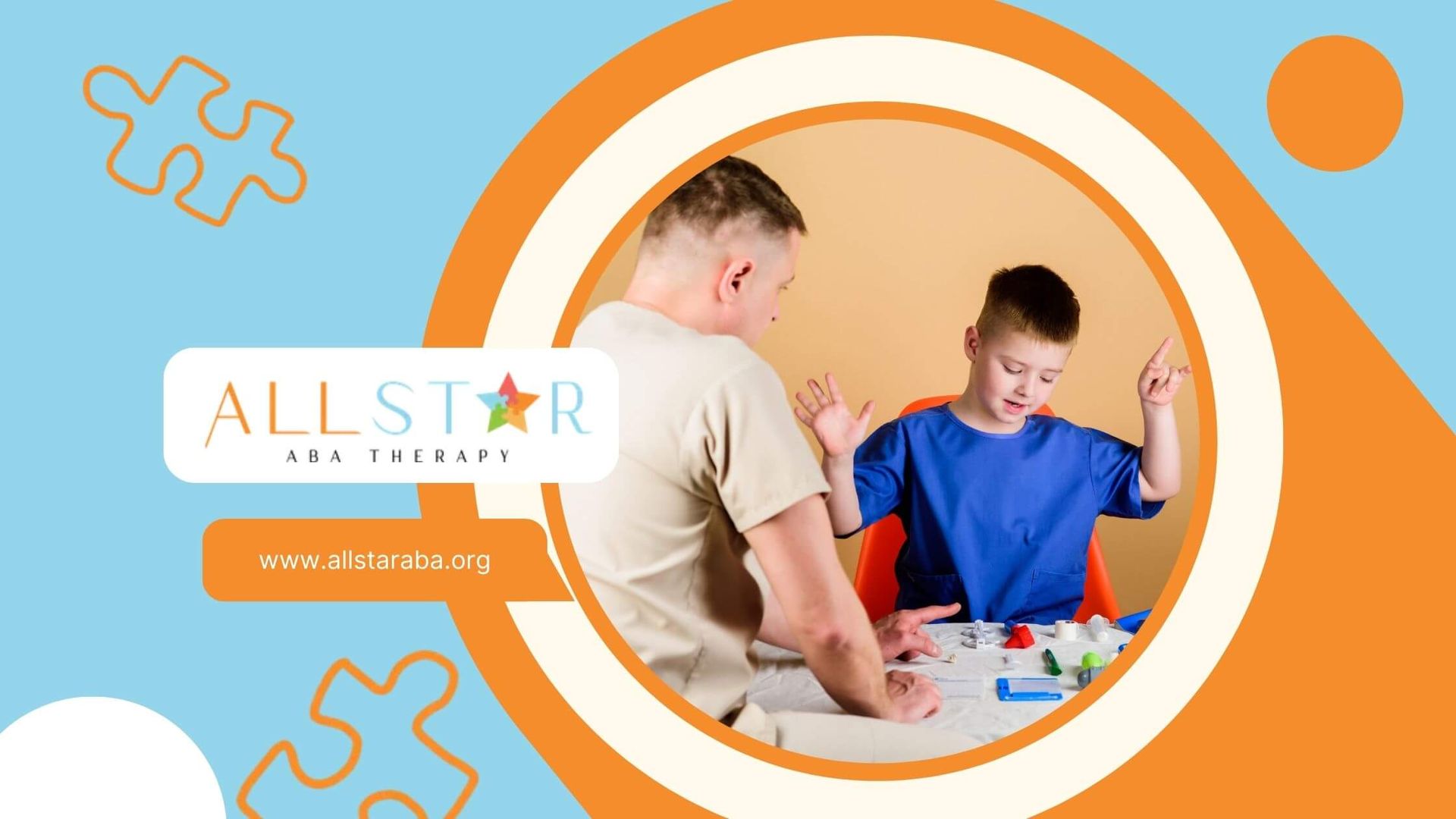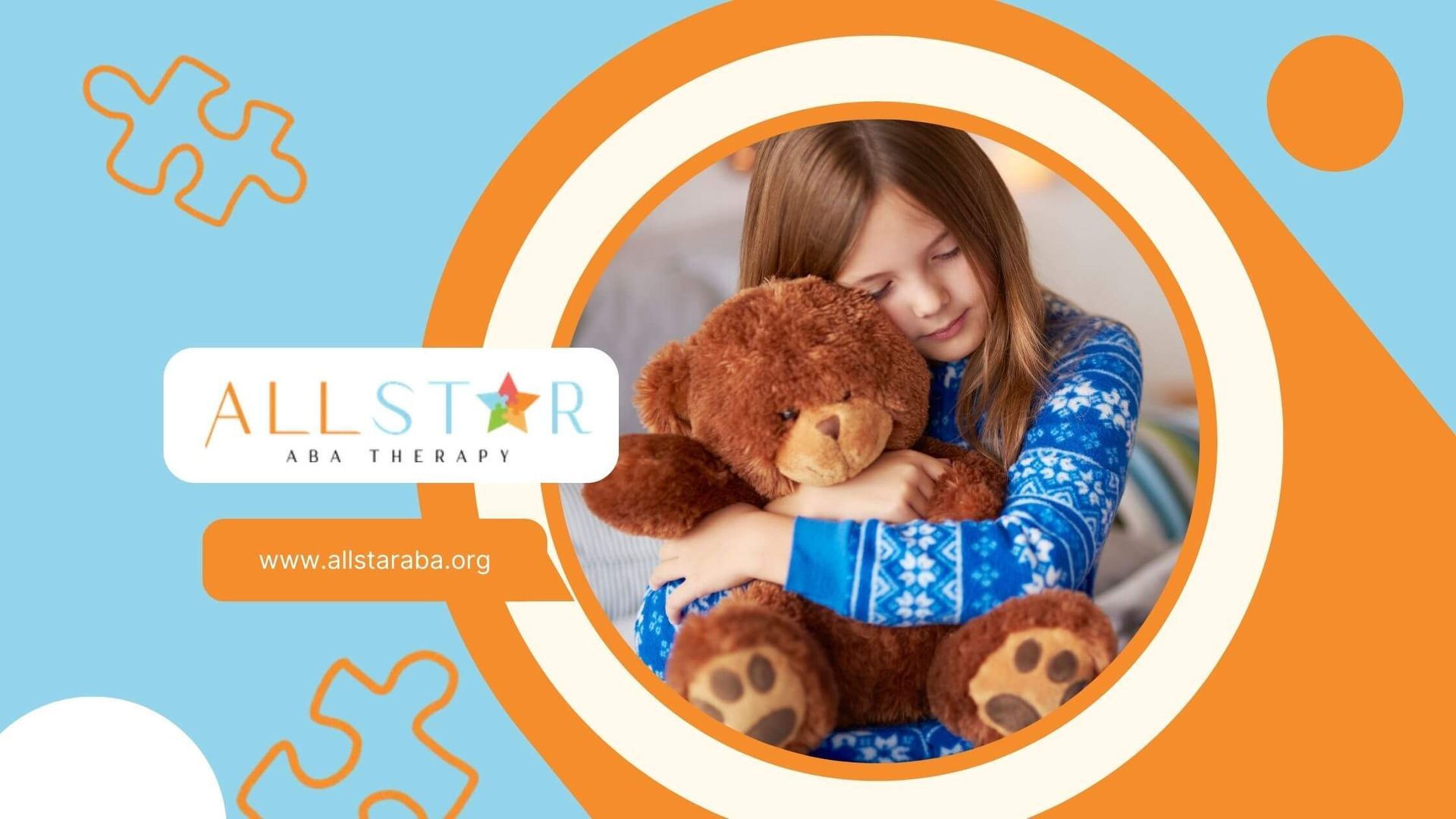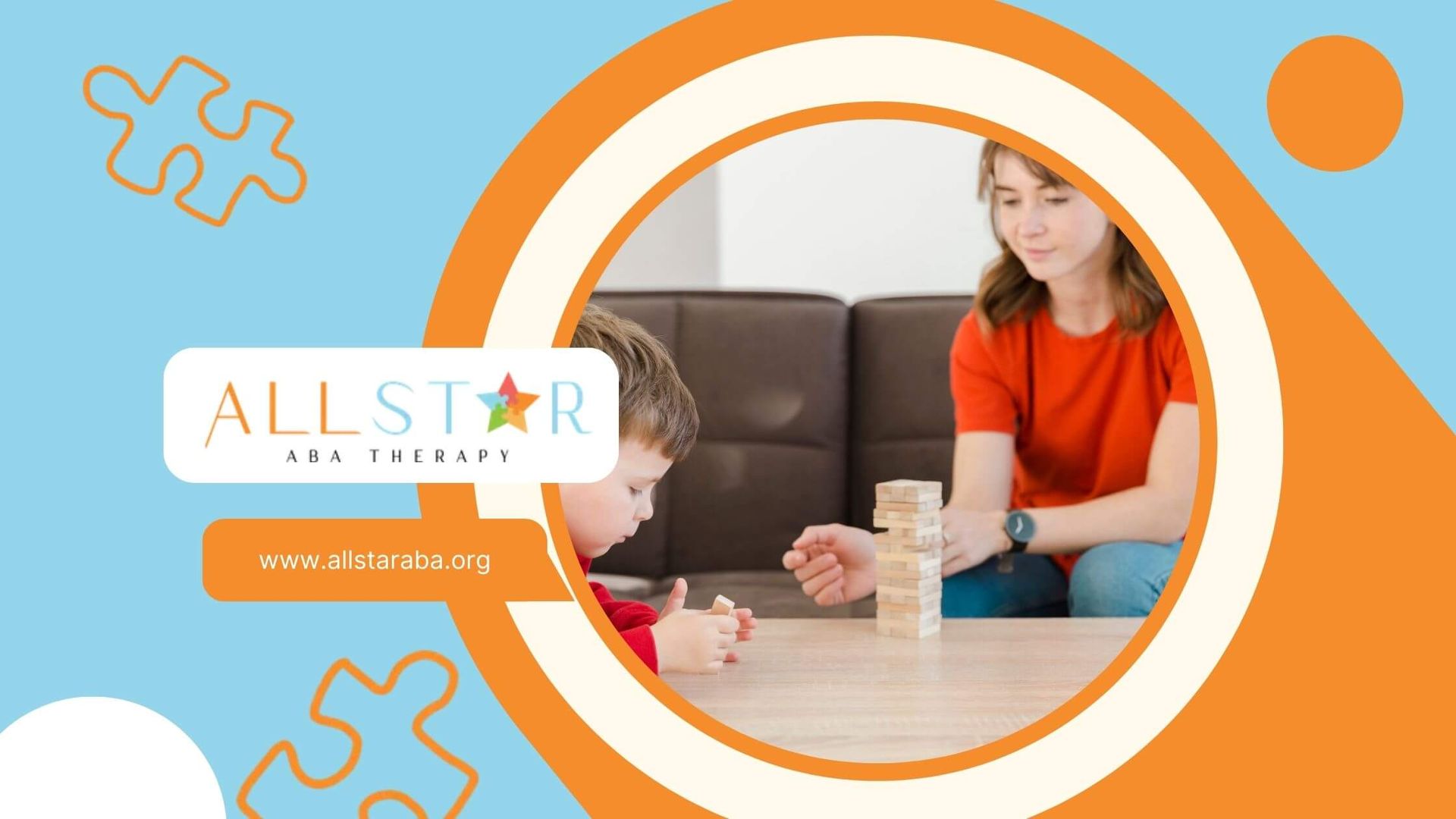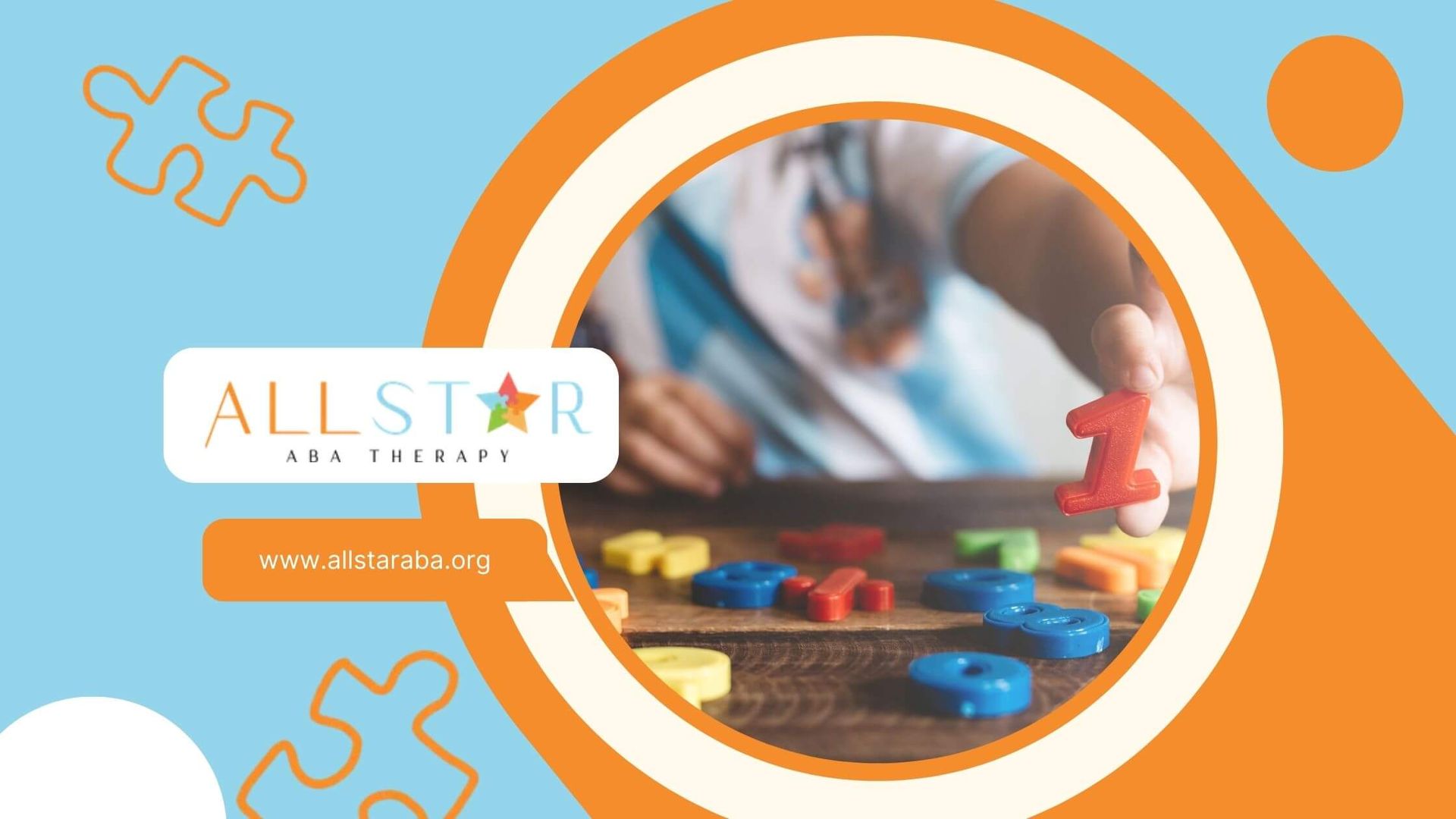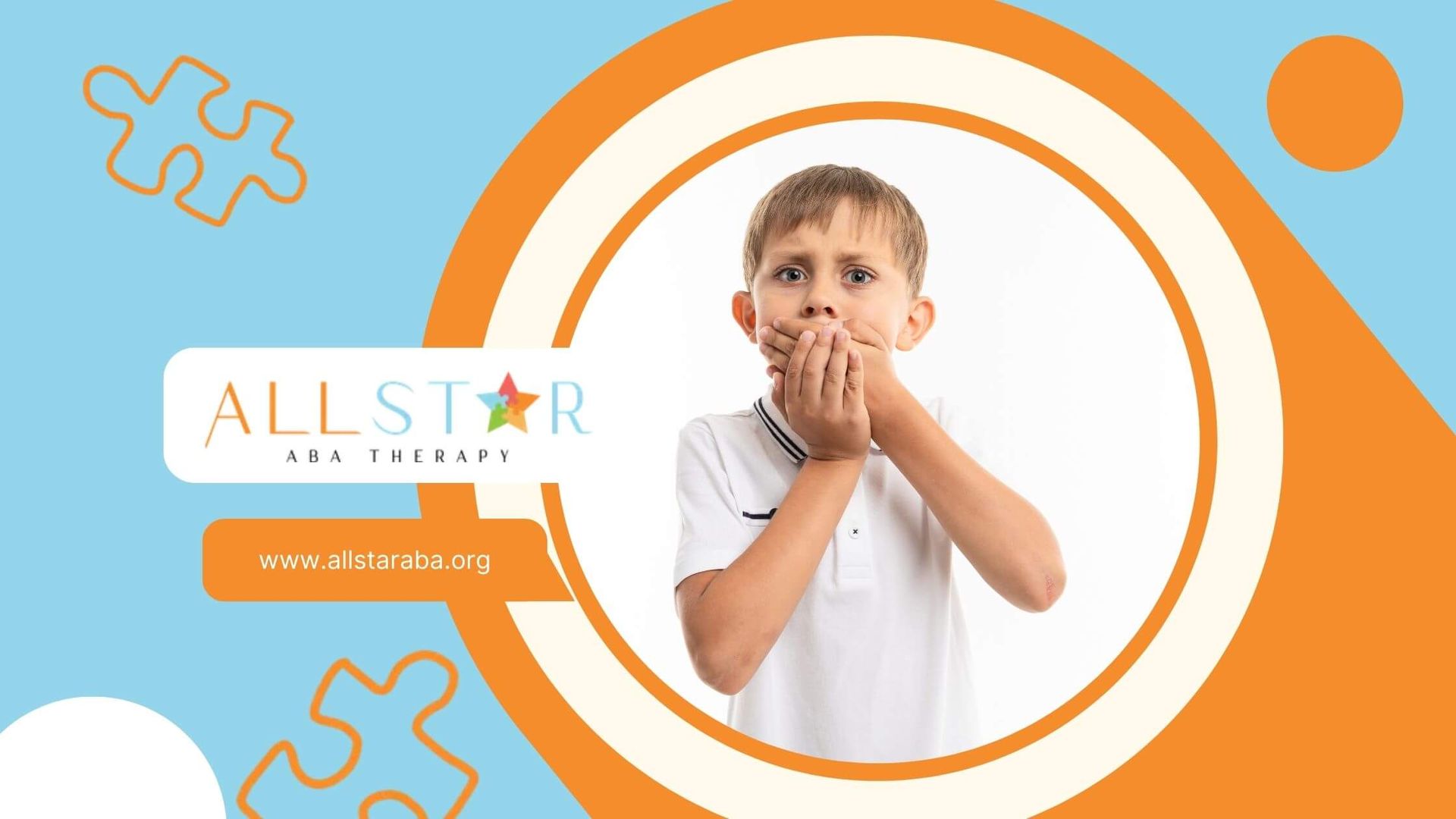New Paragraph
The Best Beds for Autistic Kids and How to Choose the Right One
Over the years, I’ve seen how the right bed can change everything—from how a child sleeps to how they behave during the day. For many autistic children, bedtime is more than just routine—it’s a sensory experience, a safety concern, and sometimes, a struggle.
Whether your child craves deep pressure, needs visual boundaries, or tends to wander at night, the bed they sleep in matters. As part of our autism services in Maryland, we often help families select sleep setups that promote calm and safety.
Let’s explore the best types of beds for kids with autism—what to consider, what to avoid, and how to support your child’s rest and well-being.
Why Sleep Challenges Are Common in Autistic Children
Understanding the Sleep Struggle
Sleep issues are incredibly common among autistic children. From what I’ve seen working with families, common reasons include:
- Sensory sensitivities (light, texture, sound)
- Trouble self-regulating or “winding down”
- Anxiety or overstimulation before bed
- Difficulty with transitions from day to night
- Safety concerns (wandering or falling out of bed)
Sleep impacts everything—mood, behavior, learning, and family stress. That’s why getting your child the right bed is a vital first step.
What to Look for in Beds for Kids with Autism
Key Features That Make a Difference
When choosing a bed for your autistic child, think beyond just size and firmness. Ask: What does my child need to feel calm and safe?
Here are the most helpful features I’ve seen work across the families I support:
1. Safety Features
- Low-to-ground or floor beds to reduce fall risk
- Enclosed beds or bed tents to prevent wandering
- Padded sides for kids with seizures or high activity levels
2. Sensory-Friendly Materials
- Breathable, soft fabrics (avoid scratchy or slick textures)
- Weighted blankets or mattress pads (for calming pressure)
- Minimalist design (avoid flashing lights or overly stimulating decor)
3. Environmental Control
- Canopy beds or blackout tents to block light
- Sound-dampening curtains or white noise machines nearby
- Consistent temperature and breathable bedding
4. Transition Support
- Visual cues like bedtime routine charts on the wall
- Familiar colors or characters to ease the transition into bed
- Beds that feel like “a safe space,” not just furniture
Types of Beds for Kids with Autism (with Pros and Cons)
1. Enclosed Safety Beds
Often used for children who wander or need extra protection.
Pros:
- Prevents nighttime wandering
- Helps kids feel secure
- Reduces injury risk
Cons:
- Can be expensive
- Not all children tolerate enclosed spaces
2. Tent Beds / Bed Canopies
A soft enclosure that provides visual boundaries and a cocoon-like feel.
Pros:
- Helps reduce light and distractions
- Provides a calming sensory space
- Affordable and easy to install
Cons:
- Less durable than medical-grade enclosed beds
- Not ideal for children who chew or tear fabric
3. Low Platform or Floor Beds
Simple but effective for minimizing injury risk.
Pros:
- Safe for kids who fall out of bed
- Easy to access independently
- Less restrictive than enclosed beds
Cons:
- May not offer sensory support
- Not ideal for kids who need strong visual or physical boundaries
4. Customizable or Adjustable Beds
Includes features like adjustable firmness, head elevation, or built-in sensory support.
Pros:
- Great for older children or sensory-specific needs
- Supports medical or physical conditions
Cons:
- Often pricey
- May require insurance coverage or documentation
A Real Example From My Practice
I once worked with a family whose daughter, Ava, refused to sleep in her bed and would instead curl up under a pile of laundry in the corner of the room. She wasn’t avoiding sleep—she was seeking pressure and enclosure.
We introduced a low, padded tent-style bed with a weighted blanket and soft LED lights that dimmed gradually. Within two weeks, Ava was sleeping in her own bed for the first time in months.
Beds aren’t just about sleep—they’re about creating a space that speaks to your child’s nervous system.
Other Tips to Support Better Sleep in Autistic Children
- Stick to a consistent bedtime routine (same order, same time)
- Use visual supports like picture schedules
- Incorporate calming activities (deep breathing, quiet music, or massage)
- Limit screens 1–2 hours before bedtime
- Communicate expectations clearly using simple, visual language
ABA therapy often integrates bedtime routines into treatment. In-home ABA therapy is especially helpful because we can teach bedtime skills in the actual sleep environment.
If your child struggles with sleep despite trying multiple bed setups or routines, it may be time to consult your ABA team or pediatrician. Poor sleep can affect learning, regulation, and the entire family dynamic. Don’t wait too long to get support.
If you’re based in Maryland, All Star ABA offers personalized autism services in Maryland, including ABA therapy in Baltimore and surrounding areas.
FAQs
What kind of bed is best for an autistic child?
There’s no one-size-fits-all, but enclosed beds, low-to-ground beds, and sensory-friendly tent beds are often helpful. Look for safety, comfort, and calming features tailored to your child’s sensory needs.
Why does my autistic child hate their bed?
It could be sensory-related—maybe the mattress feels too firm, the sheets are scratchy, or the space feels too open. Observe their behavior and consider trying a bed that offers more sensory input or boundaries.
Can ABA therapy help with bedtime routines?
Yes! ABA therapy often includes daily living skills like bedtime routines. In-home ABA therapy can help establish structure and reduce bedtime struggles in your child’s natural sleep environment.
Sources:
- https://www.autism.org.uk/advice-and-guidance/topics/physical-health/sleep
- https://pmc.ncbi.nlm.nih.gov/articles/PMC4770638/
- https://pmc.ncbi.nlm.nih.gov/articles/PMC5181622/
- https://www.hra.nhs.uk/planning-and-improving-research/application-summaries/research-summaries/the-safebed-study/
- https://injury.research.chop.edu/blog/posts/keeping-autistic-children-safe-while-sleeping
Need Support?
We're Here to Help!
Our experienced team is ready to assist you. Reach out today to discuss how we can support your child's development and well-being.
Get started with expert ABA therapy today.



